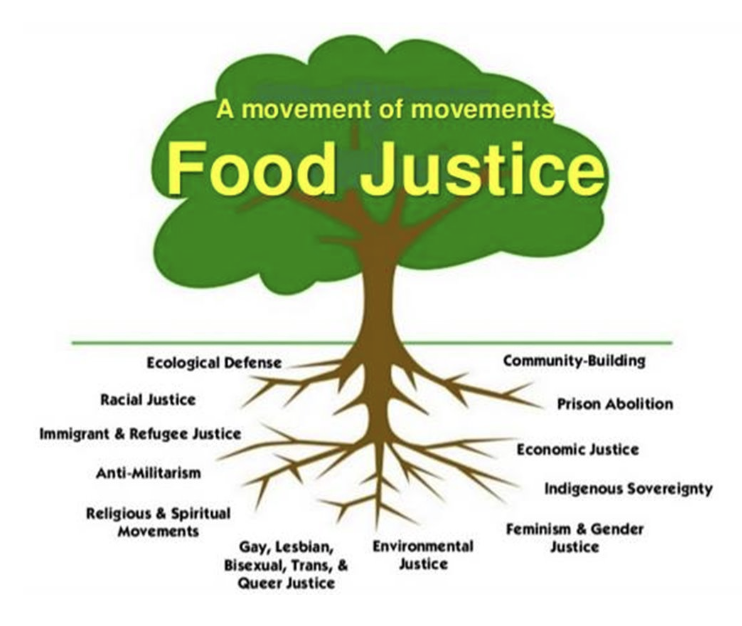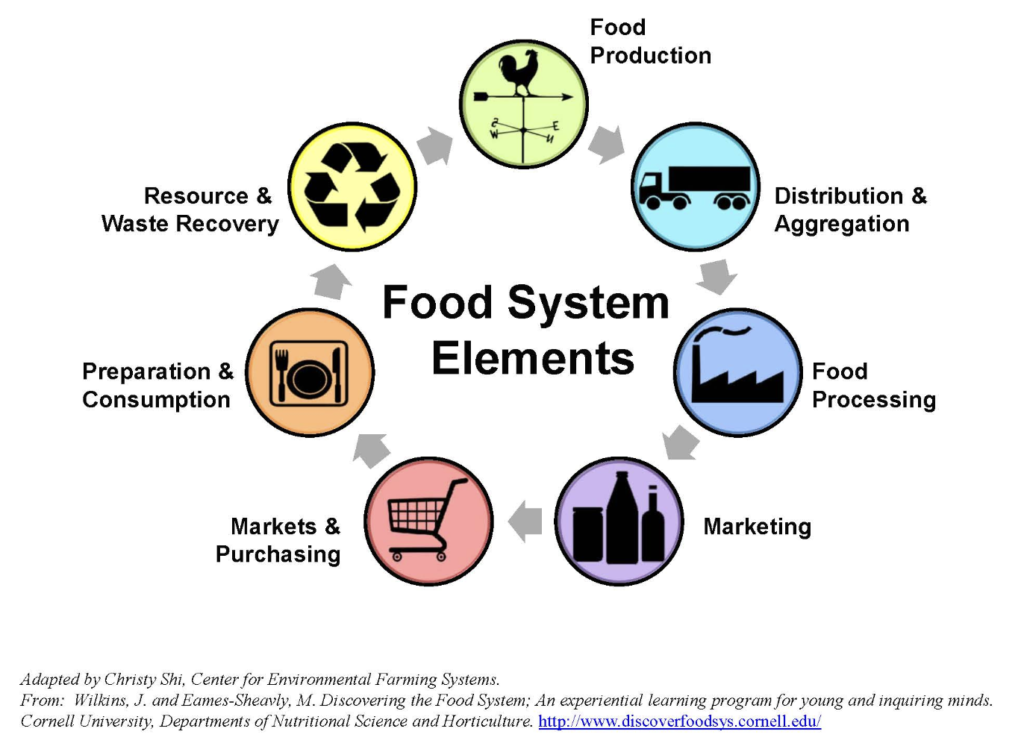Back to School with Nice Roots Farm: Food Justice, Land Sovereignty and Deconstructing the Food System
- Features
Nice Roots Farm at Share Food Program is in the thick of the growing—and learning!—season. Since spring 2023, 15 different groups of K-8 students from nearby schools have taken field trips to the farm in Allegheny West where they learn about urban growing, nutrition, and wellness, all through a food justice lens.
In the spirit of back-to-school, we’ll be sharing Nice Roots’ Farm-to-School curriculum in a series of four lessons: 1. Food Justice, Land Sovereignty and Deconstructing the Food System; 2. Growing Food from Seed to Harvest; 3. Agroecology: Understanding Sustainable Plant & Soil Science; and 4. Welcoming our Wellness: Food as Medicine. The resources in this series are meant for anyone who wants to learn more about food justice, environmental justice, and nutrition & wellness.
What is Food Justice?

At Nice Roots Farm, students learn that Food Justice is a grassroots, BIPOC-led movement of movements working toward universal access to nutritionally-dense, affordable, geographically accessible, and culturally relevant food as a human right. Food justice is the social response and resistance to food insecurity, which is the experience of not having enough nutritious, affordable, and culturally relevant food and food-based resources to support basic needs due to the systemic, inequitable distribution of food.
The Food Justice Movement seeks to address inequity within our current food system and structural barriers upholding those inequities, such as racism, classism, ableism, the devaluation of labor, lack of land sovereignty, and environmental degradation. The Food Justice movement also centers the well-being and safety of those involved in food production.
What is Land Sovereignty?
Land sovereignty is the right of working peoples to have effective access to, use of, and control over land and the benefits of its use and occupation.
Land sovereignty understands land as a resource, territory and landscape. This framing embraces struggles by Indigenous movements, rural laborers, urban activists, and social movements North and South who have sometimes been excluded by traditional land reform campaigns that center land’s value as a resource only.
Learn more about food sovereignty & land sovereignty in action from the Climate Justice Alliance
What do we mean by Food System?
A food system is made up of the processes, connections, relationships, and communities related to how the food we eat gets to our tables.

Sentient Media’s What is a Food System? defines it as “encompassing everything that goes into feeding a population. Seeds, fertilizer, farmed animals, trucks used for transportation, packaging operations and grocery stores are all parts of our food system. People are another key component of our food system. Workers grow and pick the food we eat. Some work at grocery stores. Without workers, large-scale food systems could not operate.”
A local food system is one that brings food producers (like farmers, cooks, butchers, herbalists, etc.) closer to, and in active relationship with, the communities where the food they produce is being eaten. Examples of local food systems that both literally and figuratively shorten the distance between producers and consumers include community supported agriculture (CSAs)*, farmer’s markets, community gardens, and farm-to-school programs like the one run by Nice Roots Farm & Share Food Program’s SNAP-Ed.
*Learn more about CSA’s roots in Black history —> Black Activists Who Built the Food Justice Movement
Food Justice and Land Sovereignty in our Food System
A main goal of Nice Roots Farm’s Food Justice, Land Sovereignty and Food Systems module is for students to understand the multiple layers and relationships within our food system, then see how a commitment to food justice and land sovereignty can shape those relationships to ultimately make change within and despite inequitable systems.
“Ultimately we want our students to make the connection between urban farming, food justice and land sovereignty,” says Ellie Kaplan, Senior Manager at Nice Roots Farm. “Farming the land, sharing it with your community, giving it away for free—it’s all part of the food justice movement.”
Nice Roots Farm grows ~5,000 pounds of fresh produce annually, all of which is redistributed to people at no cost through Share-affiliated pantries and mutual aid sites like housing communities and community fridges.